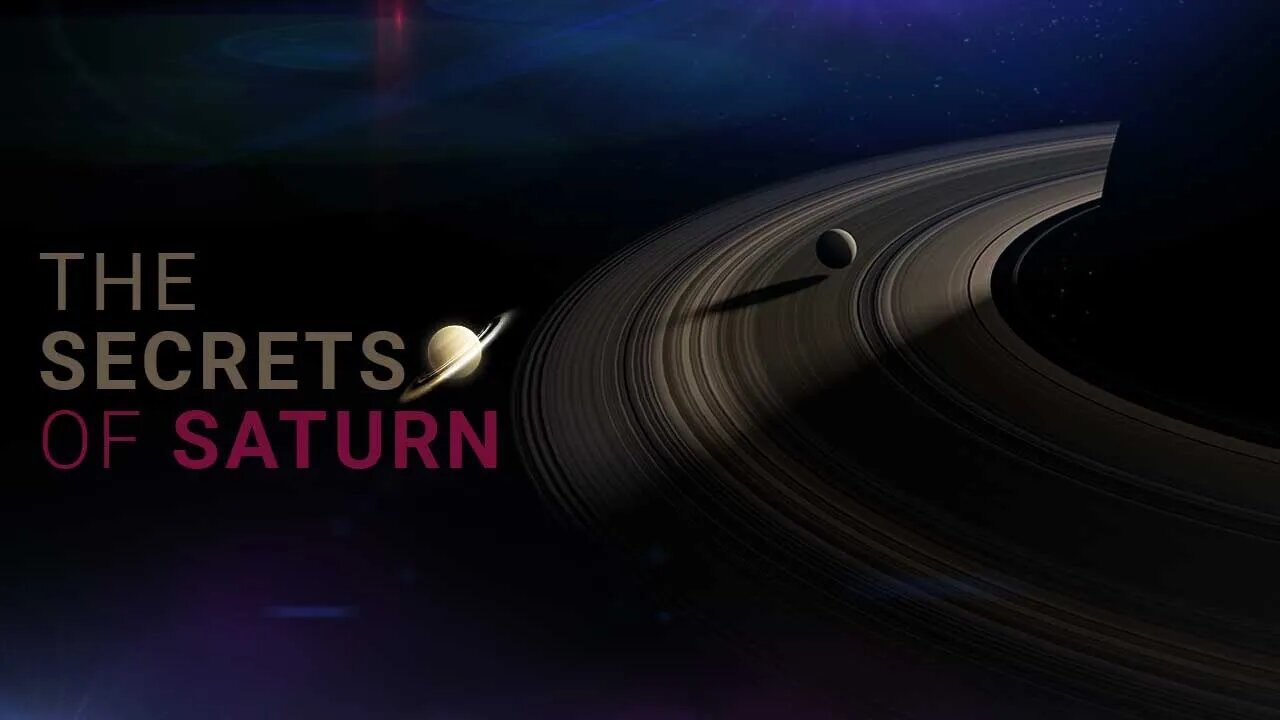Premium Only Content

The Secrets of Saturn - The Mission Cassini’s Revelations about Saturn and Titan
The Secrets of Saturn
The Mission Cassini’s Revelations about Saturn and Titan
For many centuries, Saturn has been a source of fascination for astronomers. Saturn is a gas giant planet made of hydrogen and helium. Saturn is also the sixth planet from the Sun and it is 10 times larger than Earth, but it's only about one-third as dense.
Saturn is famous for its amazing ring system which is composed of billions of ice & rock particles with sizes ranging from microns to meters across. The Saturn’s rings are constantly changing due to the gravitational interactions between the Saturn and its moons.
Saturn has more than 60 moons, many of which have been explored by NASA's probes. The most famous of these is Titan, the second largest moon in the solar system.
Cassini-Huygens mission was sent to explore the Saturn in 1997. It arrived at Saturn in 2004 and conducted many flybys before plunging into the planet’s atmosphere and burned up like a meteorite.
In today’s video we are going to show you 6 coolest facts about this amazing planet Saturn, its rings, satellites and atmosphere based on Cassini’s data. So, let's dive in - NOW!
Number 1. The Incredible Auroras.
Unlike any other planetary phenomenon, Saturn has its own unique brand of aurora that lights up the polar cap. This odd light revealed itself to one of NASA's Cassini spacecraft instruments. The Auroras like that were never been seen before, neither on earth and nor anywhere else in solar system.
Number 2. Saturnian Hexagonal Pattern.
In the early 1980s, Voyager 1 passed by Saturn and spotted a six-sided cloud pattern above its north pole that can hold up to four Earths inside it. Cassini has been following up with close ups on this curiously shaped weather phenomenon since then!
The hexagon consists of a great storm in the center which is about 20000 miles in diameter. How this pattern is formed? It is still a mystery. A recent computer simulation conducted by New Mexico Institute of mining and technology have found out that the hexagonal pattern appears because of saturnian air currents flowing in curved path.
Number 3. Saturnian Storms.
Cassini also found that the Saturn’s storm known as the great white spot hurls the water and other Saturnian stuff as up as 100 miles. During this process the water gets frozen which creates the whiteness of the storm. The last white spot was observed during 2010 which was witnessed by Cassini and it existed for several months. The next white spot will occur during the year 2040.
Number 4. The Saturnian day.
Until recently it was not possible to determine a day length on Saturn because Saturn is a gaseous Planet with no topological touchpoints. Initially it was determined that the length of the day depends on where you are on Saturn.
In 2019, after careful calculations based on reading of spiral waves in the saturnian bands, sculpted by oscillations from Saturn’s gravity, scientists determined that a Saturnian day length is 10 hours, 33 minutes and 38 seconds.
Number 5. Enceladus and the E-ring.
E-ring is the largest ring of the Saturn and yet it remains mostly invisible. After Cassini we came to know more about the e-ring. The ring comprises of microscopic silica, particles of water, Carbon dioxide and ammonia. Surprisingly, one of the moons of Saturn called Enceladus is feeding that ring with water particles.
Number 6. The Saturn’s Titan.
Titan is the largest moon of Saturn and the second largest in our solar system. Cassini mission sent some vital data regarding Titan. Titan holds enormous liquid bodies of methane and poisonous hydrogen cyanide. The atmosphere of Titan consists of nitrogen with little bit of methane and ethane clouds. The Titan has even winds and rain. Actually, Titan resembles to Earth in certain ways.
-
 LIVE
LIVE
Dear America
1 hour agoOBAMA IS DONE!! Everything Is Coming Out!! Tulsi Drops 230K MLK DOCS!!
19,263 watching -
 LIVE
LIVE
Wendy Bell Radio
5 hours agoDemocrats Go Down In Flames
8,893 watching -
 LIVE
LIVE
Matt Kohrs
8 hours agoMarket Open: LIVE! Trading $1M & Breaking Stock News
1,230 watching -
 LIVE
LIVE
LFA TV
12 hours agoLFA TV ALL DAY STREAM - TUESDAY 7/22/25
3,359 watching -
 1:21:54
1:21:54
JULIE GREEN MINISTRIES
3 hours agoEXPOSING AND BRINGING DOWN WHO REALLY CONTROLS THE ESTABLISHMENT IN DC
99.4K114 -

Chicks On The Right
3 hours agoHunter Biden is probably running for office, the Fireaid scam, and we need to talk about J Lo.
21.3K3 -
 LIVE
LIVE
AP4Liberty
11 hours ago $0.62 earnedOrgan Harvest Horror: When Bureaucracy Trumps Biology
315 watching -
 1:22:08
1:22:08
Game On!
16 hours ago $3.04 earnedDonald Trump DEMANDS Washington Football Team Change Their Name Back To Redskins!
37.5K2 -
 LIVE
LIVE
The Bubba Army
23 hours agoHunter Biden UNHINGED! - Bubba the Love Sponge® Show | 7/22/25
1,995 watching -
 30:30
30:30
World2Briggs
15 hours ago $3.52 earnedTop 30 Cities EVERYONE is MOVING TO in America in 2025
41.5K15